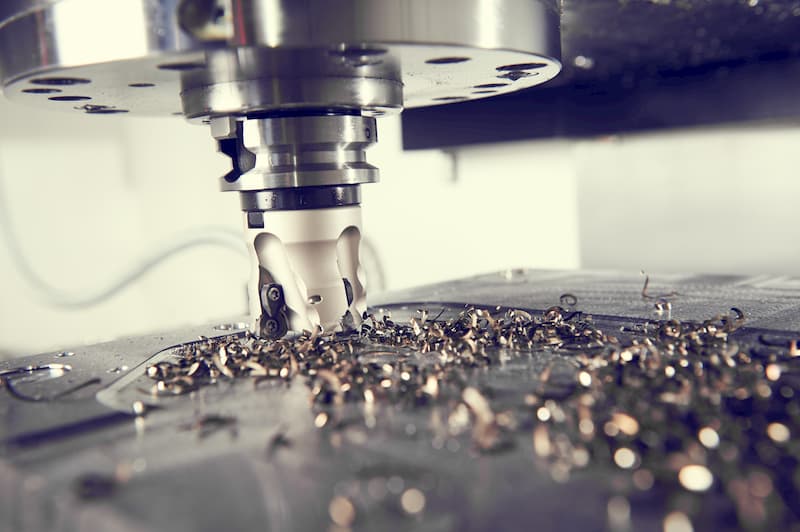Precision Tooling in CNC Machining: Latest Developments and Applications+ View more
Precision Tooling in CNC Machining: Latest Developments and Applications
+ View more
Date:2023-12-24 11:44
Precision tooling stands as the cornerstone of CNC machining, steering the industry's evolution towards unprecedented precision and efficiency. This article navigates through the cutting-edge developments, innovations, and diverse applications of precision tooling in CNC machining, highlighting their pivotal role in shaping the industry's future.
Evolution of Precision Tooling in CNC Machining
Precision tooling has undergone a remarkable evolution in CNC machining. From traditional carbide tools to state-of-the-art high-speed, high-precision tools, the journey has been marked by continuous advancements in materials, geometries, coatings, and manufacturing techniques.
Advanced Tool Materials and Coatings
The latest developments in tool materials and coatings have revolutionized CNC machining. Advanced carbide alloys, ceramics, and diamond-coated tools offer exceptional hardness, thermal stability, and wear resistance. Innovative coatings mitigate friction, optimize chip evacuation, and enhance tool life, enabling precision machining of diverse materials.
Cutting-Edge Tool Geometries and Designs
Innovative tool geometries and designs redefine CNC machining capabilities. Customized tool shapes, variable flute designs, and optimized edge geometries cater to intricate machining requirements. These advancements reduce vibrations, improve surface finishes, and enable higher machining speeds without compromising precision.
High-Speed and High-Precision Machining
The integration of high-speed and high-precision machining techniques sets new benchmarks in CNC machining. Balanced tool designs, reduced mass, and improved rigidity mitigate vibrations, allowing increased spindle speeds and feed rates. This capability enhances productivity while maintaining utmost precision.
Adaptive Tooling Strategies
CNC machining embraces adaptive tooling strategies for optimal performance. Smart tooling equipped with sensors and actuators adjusts parameters in real time, optimizing pressure, speed, and machining processes. These adaptive measures maximize tool life, minimize setup times, and ensure consistency in precision.
Simulation and Virtual Prototyping
Simulation and virtual prototyping technologies play a pivotal role in optimizing precision tooling. Digital twins and simulations predict tool behaviour, simulate tool movements, and forecast potential issues. These digital replicas enable proactive adjustments, minimizing trial and error in actual machining.
Sustainability in Precision Tooling
Sustainable practices are integral to precision tooling. Efficient tool paths, reduced material waste through predictive modelling, and energy-efficient machining operations align with environmental objectives. Lean practices minimize the ecological footprint while upholding precision.
Industry Implications and Future Trajectory
The integration of precision tooling with CNC machining signifies a future marked by continual innovation. Advancements in AI-driven optimizations, hybrid tooling solutions, and nanotechnology applications herald a future where precision, efficiency, and sustainability converge harmoniously.
Conclusion
In conclusion, precision tooling isn't just an element in CNC machining; it's the linchpin of manufacturing excellence. The evolution from traditional tools to cutting-edge materials, designs, and adaptive strategies propels CNC machining towards unparalleled precision and efficiency.
Share to:
Recommend wonderful blog posts

